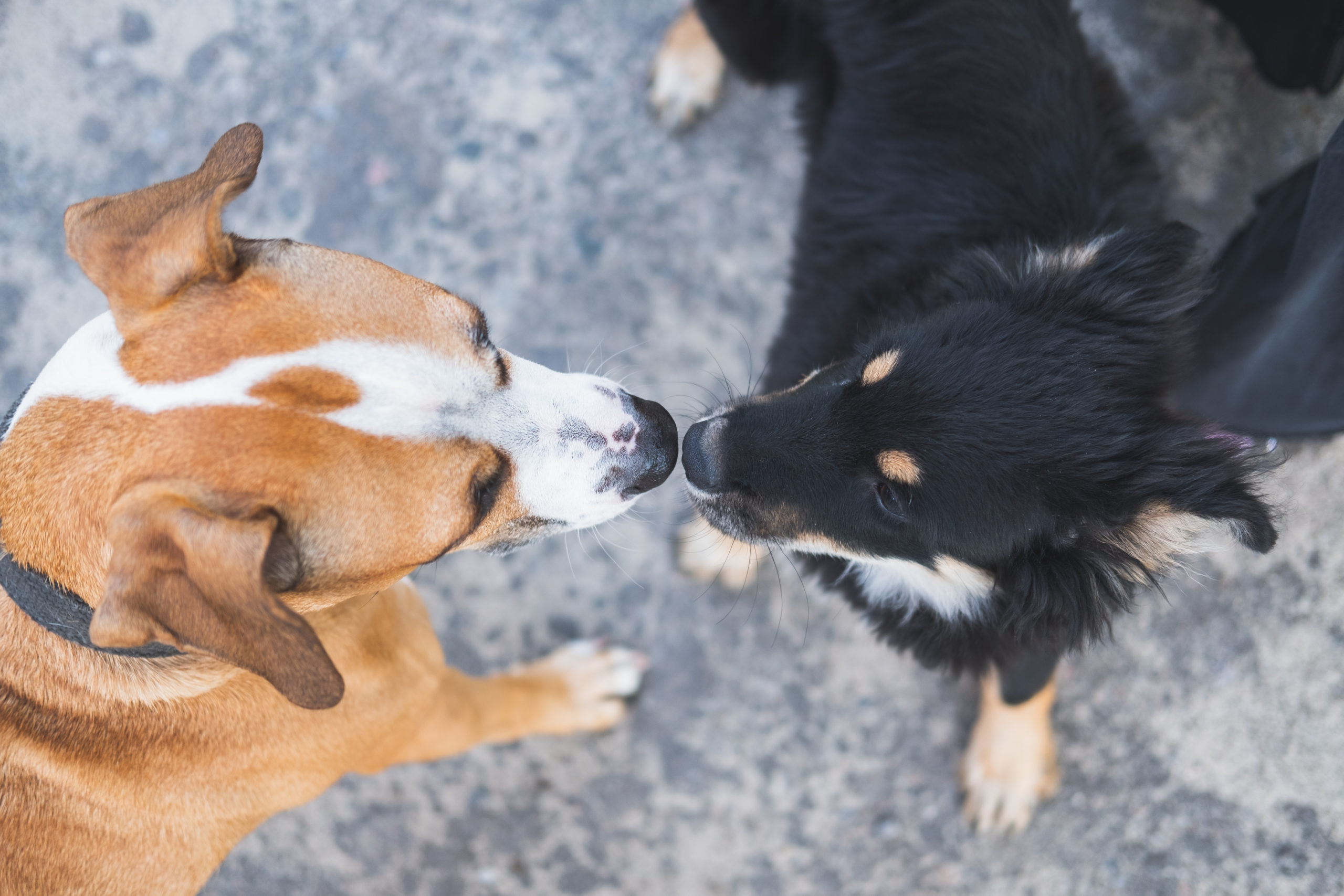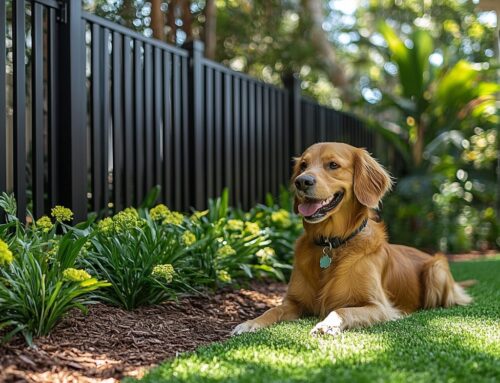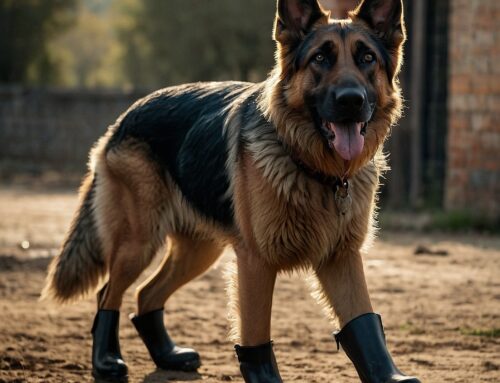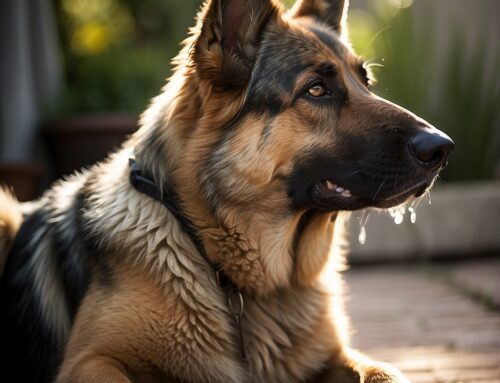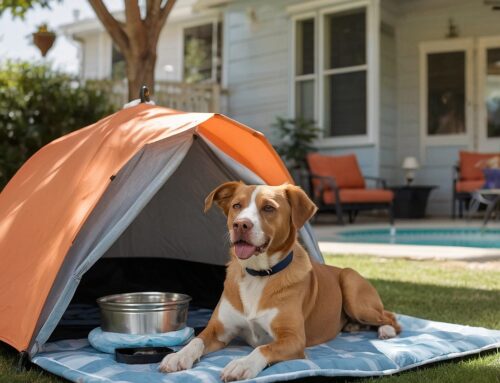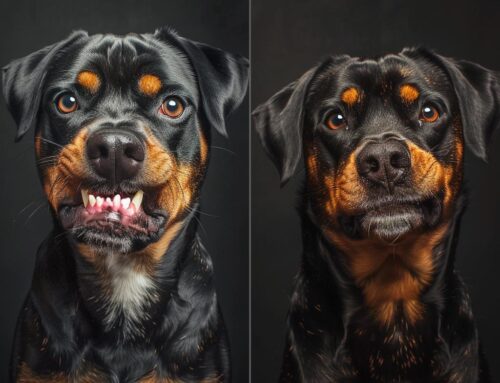Whether a new puppy, a foster pup, or an adoptee dog, you’ve decided to invite a new canine into your home to live alongside your current and beloved pet dog. However, a smooth transition takes planning and proper supervision, and is not a matter of simply throwing the two dogs together. Your goal is to create a strategy and environment for a long-term friendship and harmonious relationship between the two dogs and everyone else in the household.
Introducing a Puppy
Cute, adorable, wiggly, funny – all of these describe the joys of inviting a new puppy into your home. But whereas you think your new puppy is endearing, your current dog may find its constant desire to jump around, play, and nibble his ears totally annoying. You will need to protect your current dog from the new puppy’s unending playfulness until they have had time to establish their relationship.
Introducing a Foster Dog
You may decide to bring a foster dog into your life, either as a sort of trial for adoption or to give a dog an interim, home-based stop before being adopted. Your foster is probably not going to be a puppy but may have behavioral issues stemming from what was probably a rough and unloving background.
Introducing an Adopted Dog
An adopted dog will probably bring some of the same issues into your home as a foster dog, but with the overarching difference being his likely permanence in your lives and your probable behavior towards him as a result.
The Steps for a Successful Introduction
The most important caveat to introducing a new dog to your current dog is to be patient and take it slow. If you follow the steps outlined here you’ll increase the chances of a successful relationship between your two dogs.
First Meeting Location
The key to a great start is to introduce the two dogs in an outdoor spot that is neutral to them both. This should be done with both dogs on-leash. Some possibilities include the fenced in yard of a friend who does not have dogs or a park when not many people or dogs are likely to be present. Make sure there is nothing around that could cause the dogs to enter into a tussle.
Body Language
Observing your dog’s body language is always important, but especially when introducing him to a strange dog. Signs that things are going well include:
- Wagging tail
- Wiggly body
- Curious sniffing
- Relaxed ears
- Play bowing
Signs that you may need to cut short the first session include:
- Cold staring
- Tucked tail
- Back hair raised
- Stiff stance
Don’t be discouraged if the first meeting isn’t what you’d hoped. Time, patience, and the aid of a good trainer can make all the difference.
Parallel Walks
You’ll need to engage a friend or other family member for this. With both dogs on leash, create enough of a distance apart so that each dog has his own “space” and is not inclined to become focused on the other. Walk them in parallel fashion in the same direction. Once you’ve reached the end of the walking distance, switch places so each dog can smell the where the other handler and dog walked. Let them sniff while walking, and when things go well, decrease the distance between them. However, don’t allow them to become face-to-face as this can elicit a stressful response.
Meeting Off Leash
Assuming things have gone well up until this point, the next step is to drop the leashes and let the two dogs meet on their own terms. Keeping the leash attached is a safety precaution that enables you to quickly separate them should the need arise. Here again it is essential to pay close attention to body language as the dogs, sniff and hopefully begin to play together. During this phase, be sure and praise their positive behaviors towards one another.
Coming Home
Bringing your new dog into your home for the first time requires the same thought and planning you’ve done so far in introducing your dogs. It’s best to arrange to have your original dog go off with a friend or family member while you let your new dog come in alone and get used to the smells and sounds of his new abode. When your other dog returns, be sure to put away any items that could cause potential territorial issues such as toys and dishes.
The First Weeks and Months
Just because everything has gone well thus far doesn’t mean that you, and your dogs, are in the clear. Fights can arise once everyone feels comfy and cozy in their new environment and one dog decides to jockey for position. As you go forth, here are important considerations to ensure a harmonious liaison between your two dogs.
Meals
Food is a notorious source of friction between dogs and the catalyst for some serious fighting. It’s best to feed dogs separately, using a crate or different room to keep them apart and free of temptation.
Space
Just like us humans, dogs need their own space. Don’t take away your resident dog’s space but be sure to allot areas for your new dog to call his own. Consider having a crate for each dog, or at least a separate bed he can call his own. Crates with open doors are a wonderful way to give dogs the chance to just mellow and take time out when they need it.
Toys
Just like food, toys can be tricky and a potential source of friction. Introduce toys slowly and carefully and remove any that cause one dog to growl or exhibit threatening body language.
When You Go Out
Here’s another instance where crates come in handy. Whenever you go out, be sure to separate your dogs. If you don’t use crates, then put them in different rooms where they can’t interact.
Eagle Eye
It’s important to never assume that your dogs will always get along. When they are playing or otherwise together, watch their body language as well as for any signs of exhaustion or needing time out.
As you embark upon life by adding a new dog or puppy to your family, consider getting the help of a top-notch trainer. David Green of Performance K9 Training has represented the USA on 4 world teams with his dogs and is well known for his extraordinary ability to train even the most difficult dogs. He specializes in developing a unique plan to address dogs’ temperaments and abilities, ensuring a smooth transition in welcoming your new dog to your home.



